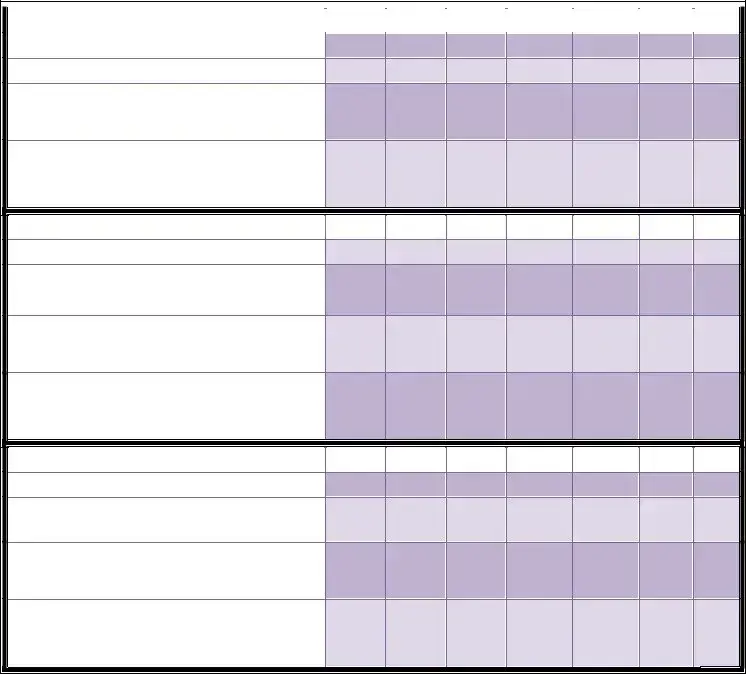When filling out the Chore Chart Morning Evening form, individuals often overlook important details that can lead to confusion and miscommunication. One common mistake is failing to enter the week of the chores. Without specifying the week, it becomes difficult to track progress over time, which can affect accountability.
Another frequent error involves not marking the chores accurately. Participants may forget to put an 'X' for completed tasks, leaving their charts looking incomplete. This inconsistency can create misunderstandings about which chores have been finished and which remain unfinished.
People often neglect to circle an 'X' to indicate a chore that needs to be redone, leading to potential tasks piling up unnecessarily. If a chore was done but not to satisfaction, failure to mark it accordingly may result in the parent or other family members assuming the task was completed satisfactorily.
Some users leave blank entries, which can lead to ambiguity. A blank or '–' is meant to signal that no chore needs to be done on that day. However, without clear communication, such blanks may be misinterpreted as forgotten entries or uncompleted tasks.
In addition, individuals sometimes forget to specify the names in the designated spaces for the chore chart. Having clear assignments helps family members know their responsibilities, which is essential for motivating everyone involved.
Failing to consistently refer to the chore chart can also become a problem. If family members do not check this document regularly, they may miss updates and forget about their assigned tasks. It is crucial to establish a routine so that everyone stays aligned with their responsibilities.
Another mistake is not engaging all family members in the process of filling out the chart. When some members are left out or do not contribute their input, it can breed resentment and a lack of ownership over the chores assigned.
Sometimes, individuals forget to review the chores from the previous week, which can lead to repeating the same tasks unnecessarily or overlooking important adjustments. A weekly review allows families to adapt chores based on changing schedules or priorities.
Lastly, people often misinterpret the purpose of the chore chart and may treat it as a punitive tool instead of a shared responsibility tracker. When family members perceive it negatively, it can hinder motivation and cooperation.

